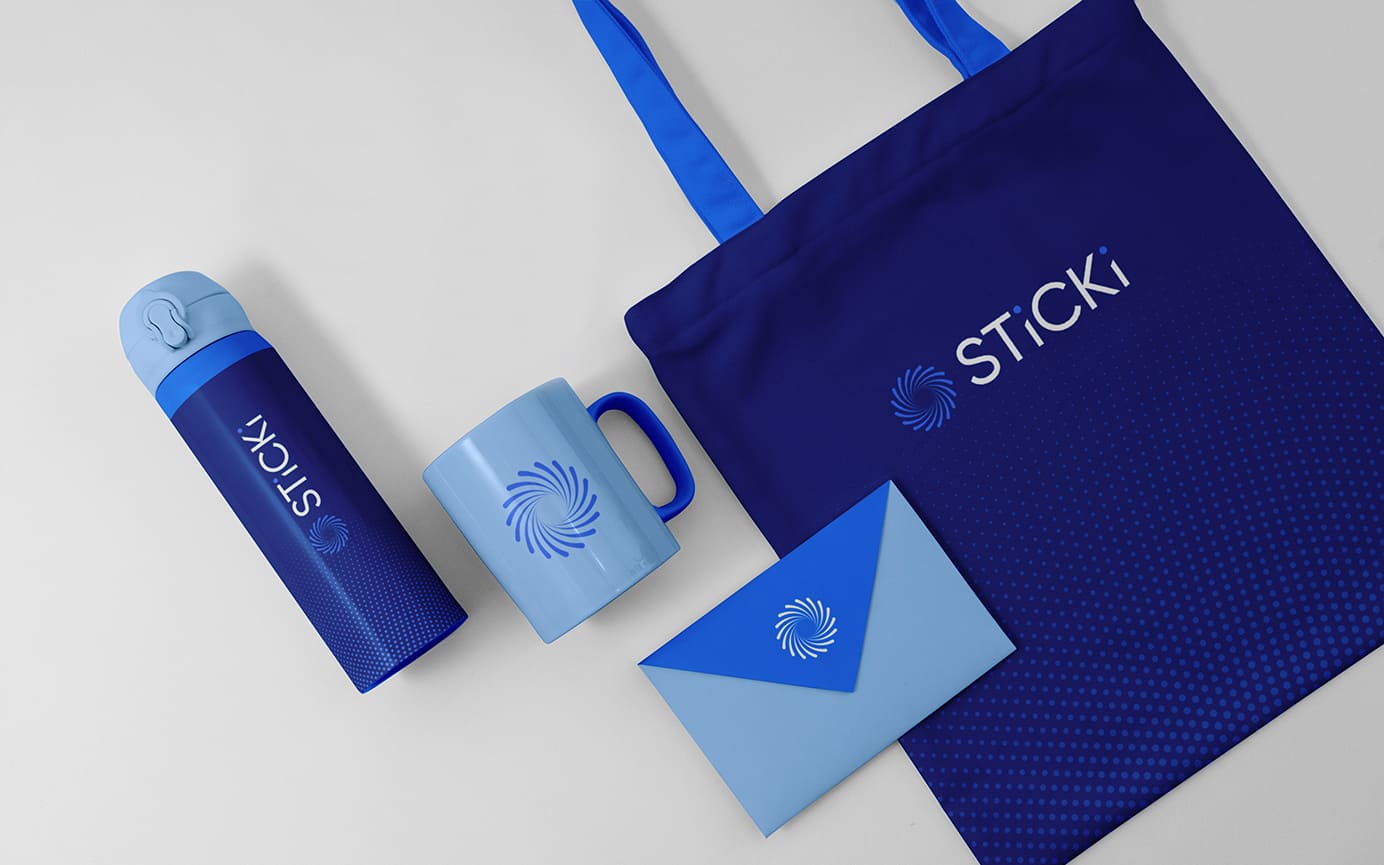
Tangible Connections in a Digital World
- Chanel and Gucci: Renowned luxury fashion houses Chanel and Gucci have been diverting substantial portions of their marketing budgets to print advertisements in glossy magazines.
- Strategy: Leveraging the tactile nature of print, they use high-quality imagery and elegant designs to showcase their exclusive products in a visually captivating manner.
- Specific Approach: Chanel’s strategy involves creating visually stunning print ads that evoke a sense of luxury and sophistication, often featuring intricate details of their haute couture collections. Gucci, on the other hand, adopts a bold and avant-garde approach, utilizing striking visuals and innovative layouts to captivate readers and reinforce its position as a trendsetter in the fashion industry.
- Statistic: According to a study by Nielsen Catalina Solutions, print magazines deliver an average ROI of $3.94 for every dollar spent, highlighting the effectiveness of print ads for luxury brands in driving consumer engagement and purchase intent.
Establishing Trust and Credibility
- Google and Airbnb: Despite their digital dominance, tech giants Google and Airbnb have embraced print marketing as a means to enhance brand credibility and reach diverse audiences.
- Strategy: By appearing in respected print publications, they aim to position themselves as trustworthy and reliable brands, especially among demographics less engaged with digital platforms.
- Specific Approach: Google’s print ads often focus on storytelling and highlighting the human impact of its products and services, fostering emotional connections with readers. Airbnb, on the other hand, utilizes print ads to showcase unique travel experiences and promote its community-driven platform, emphasizing authenticity and inclusivity.
- Statistic: Research by the Direct Marketing Association reveals that 56% of consumers consider print marketing to be the most trustworthy form of advertising, emphasizing the credibility associated with print materials.
Targeted Reach, Tangible Impact
- IKEA: A leader in the retail sector, IKEA continues to produce millions of print catalogs annually, leveraging them as a cornerstone of their marketing strategy.
- Strategy: By distributing tangible catalogs to households, IKEA provides customers with an immersive and tangible shopping experience, driving both online and in-store sales.
- Specific Approach: IKEA’s print catalogs are more than just product listings; they serve as inspiration guides, featuring room setups, design tips, and lifestyle content that resonate with their target audience. Additionally, IKEA incorporates interactive elements such as QR codes and augmented reality experiences to bridge the gap between print and digital.
- Statistic: The Data & Marketing Association reports that 79% of households either read or scan direct mail ads, underscoring the enduring effectiveness of print materials in reaching and engaging consumers.
- Coca-Cola: Despite being an iconic brand in the digital space, Coca-Cola has invested heavily in print marketing to reinforce its global presence.
- Strategy: Coca-Cola utilizes print advertisements in various forms, including billboards, posters, and magazine ads, to connect with consumers on a local and global scale.
- Specific Approach: Coca-Cola’s print ads often leverage nostalgia and emotional storytelling, tapping into universal themes of happiness, friendship, and togetherness. Moreover, Coca-Cola collaborates with renowned artists and designers to create visually striking print campaigns that resonate with diverse audiences worldwide.
- Statistic: Print advertising has contributed to Coca-Cola’s brand recognition, with studies showing that 94% of the world’s population recognizes the Coca-Cola logo.
The Role of Commercial Printing Services
Specialized firms offering commercial printing services play a pivotal role in enabling companies to execute effective print marketing campaigns.
These service providers offer a range of solutions, from offset and digital printing to large-format and customized packaging, tailored to the unique needs of businesses.
Commercial printing services work closely with companies to translate their creative vision into tangible print materials that captivate audiences and drive results. Whether it’s utilizing innovative printing techniques, sourcing sustainable materials, or optimizing production processes, these service providers play a crucial role in bringing print campaigns to life.
The resurgence of print marketing amidst the digital revolution underscores the enduring relevance and effectiveness of printed communication channels. Businesses are recognizing the value of print materials in establishing trust, reaching targeted audiences, and creating memorable brand experiences. By partnering with commercial printing services, businesses can harness the power of print to drive engagement, loyalty, and tangible results. As the marketing landscape continues to evolve, print marketing remains a timeless and indispensable tool for connecting with consumers in a meaningful and impactful way.





